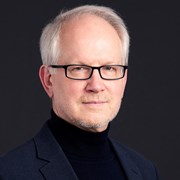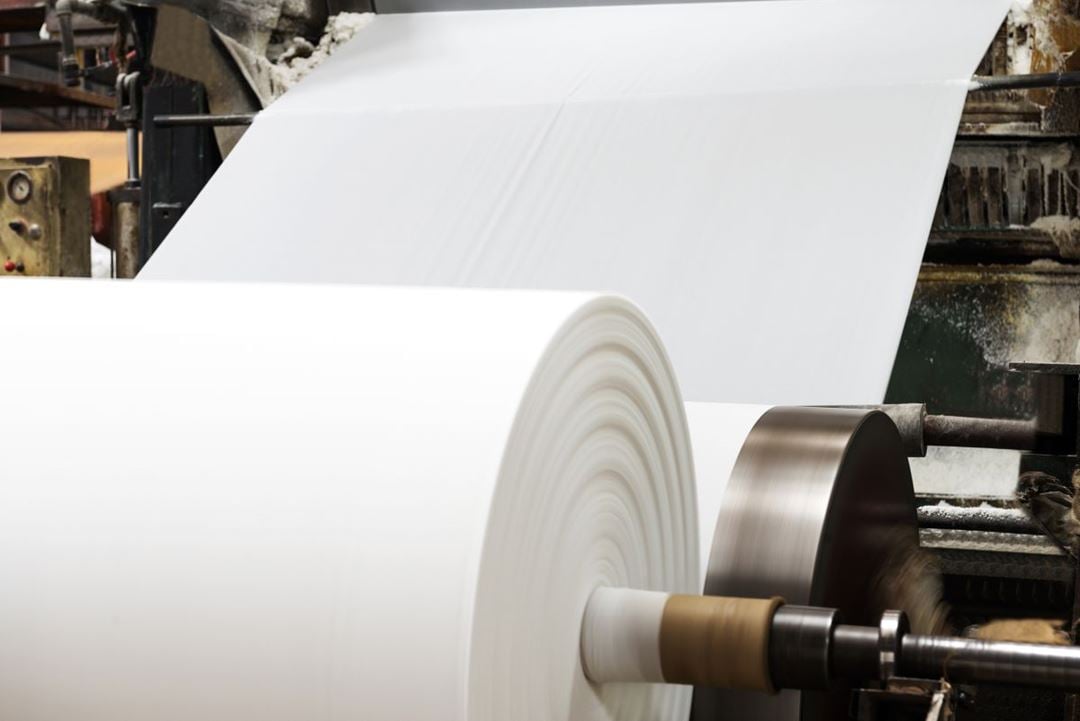Hydrogen peroxide (H2O2) is a versatile chemical used in many industries as a bleaching agent, an oxidizer and a disinfectant. H2O2 is today made in large scale using fossil resources and a cocktail of organic solvents. Over 0.5 tonne CO2 is emitted for every tonne of H2O2. Because of the inherent instability of H2O2, it is shipped over long distances as a diluted, aqueous solution.
The HYPER project aims to transform H2O2 production from a large-scale, fossil-fuel driven process to a modular, on-site process using renewable electricity. The key to this development is the electrochemical conversion of sulfuric acid to a chemical called persulfate, which is a stronger, yet more stable oxidant than H2O2. Reaction of persulfate with water produces H2O2 and regenerates sulfuric acid that is reused in the process. H2O2 can then be used on-demand, in the required concentration and without the need of stabilizers. The HYPER technology is anticipated to reduce CO2 emissions by 75 percent and energy consumption by one-third as compared to the state-of-the-art fossil process, without sacrificing competitiveness.
In addition to project coordination, SINTEF is investigating complementary cathode reactions that are relevant for the downstream industrial sectors involved in the project: chemicals, pulp and paper and textiles. Indeed, the most effective process will create value from both the anode (oxidation – the removal of electrons) and the cathode (reduction – the addition of electrons) of the electrochemical cell. SINTEF is also leading the Work Package focused on the implementation of the HYPER technology in these downstream sectors.
The consortium includes twelve partners from nine countries: ANDRITZ (Finland), CONDIAS (Germany), ETA-Florence (Italy), INERIS (France), Jožef Stefan Institute (Slovenia), Process Design Center (The Netherlands), Kemijski inštitut - National Institute of Chemistry (Slovenia), AristEng S.à r.l. (Luxembourg), INOTEX spol. s r.o. (Czech Republic), KANSAI HELIOS Group (Slovenia), Eilenburger Elektrolyse- und Umwelttechnik GmbH (Germany).
The project is lasting four years, with a budget of approximately 7 million €.
HYPER is funded by Horizon Europe, the EU Framework Programme for Research and Innovation with Grant Agreement No. 101091554.


